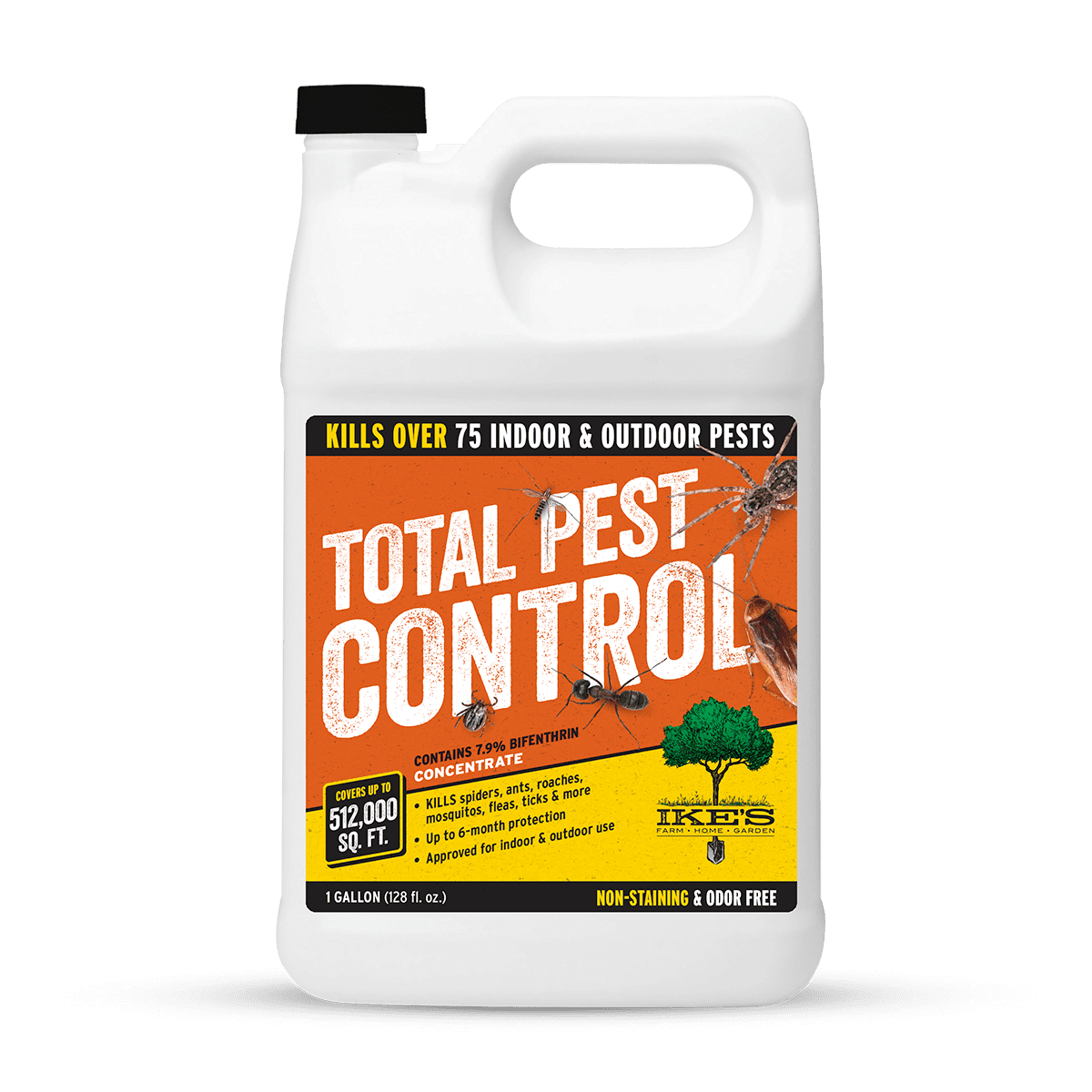Experienced A1 Exterminators Charlotte NC - Fast and Trusted Solutions
Experienced A1 Exterminators Charlotte NC - Fast and Trusted Solutions
Blog Article
Bed Insect Therapy Failure: Contrasting Chemical Vs. Non-Chemical Solutions
In the world of parasite control, specifically when dealing with the persistent issue of bed insects, the choice in between chemical and non-chemical treatment options can be a critical one. Both techniques supply distinctive advantages and drawbacks, affecting factors such as effectiveness, security considerations, and total price. By examining the nuanced details of each technique, a clearer understanding of which course to seek in addressing a bed bug infestation can be acquired.
Performance of Chemical Therapies
Chemical therapies for bed insect infestations have actually been extensively recognized for their quick and powerful efficacy in removing these pests. When thinking about the effectiveness of chemical treatments, it is important to comprehend that they can provide a quick and comprehensive solution to a bed pest trouble. Expert pest control experts frequently rely upon insecticides to target bed bugs at different phases of their life process, consisting of eggs, nymphs, and grownups. These chemicals normally function by interfering with the bed bugs' nerves, leading to paralysis and eventual fatality.
Additionally, chemical therapies have the advantage of providing residual results, meaning that they can remain to remove bed pests even after the initial application. This recurring action is especially beneficial in combating any prospective re-infestations. Furthermore, the quick action of chemical therapies can bring relief to people facing serious bed pest problems, permitting them to reclaim control of their living areas rapidly.
Safety Worry About Chemical Solutions
One critical element that calls for mindful factor to consider when utilizing chemical options for bed insect treatment is making certain the safety and security of residents and the environment. Exposure to certain chemicals used in bed pest treatments can lead to respiratory system concerns, skin inflammation, or various other damaging responses, especially in people with pre-existing problems or sensitivities.
Furthermore, the ecological impact of chemical services is an additional considerable consideration. Some chemicals made use of in bed bug therapies may be damaging to helpful insects, wildlife, and ecological communities if they leach right into the dirt or water systems. It is important to make use of chemical therapies deliberately, following safety and security standards, and thinking about less harmful alternatives to reduce these dangers and make sure the risk-free and effective management of bed bug problems.
Advantages of Non-Chemical Approaches
Taking into consideration the possible security concerns and ecological influence associated with chemical solutions for bed bug treatment, discovering non-chemical strategies provides an appealing option with several distinctive advantages. Non-chemical therapies are ecologically friendly, as they do not contribute to air or water pollution, making them a sustainable choice for bug control.
In addition, non-chemical solutions can be efficient in targeting bed bugs, including hard-to-reach areas where chemical therapies may not pass through - A1 exterminators charlotte nc. Methods such as heat therapy, vacuuming, steam cleansing, and mattress coverings offer complete elimination without the use of dangerous chemicals.
Limitations of Non-Chemical Treatments

Furthermore, non-chemical treatments often call for numerous applications to accomplish effective removal. This can be lengthy and might not constantly guarantee total elimination of all bed insects and their eggs, specifically in hard-to-reach or covert places.
Furthermore, the success of non-chemical therapies heavily depends on correct implementation and thoroughness, which can be testing for people without specialist know-how. Inadequate application of non-chemical methods might lead to insufficient removal, causing consistent infestations and the demand for additional treatments.
Consequently, while non-chemical therapies have their benefits, it is important to recognize these constraints and consider them when establishing the most effective approach for handling bed bug problems.
Expense Contrast: Chemical Vs. Non-Chemical Options
Offered the constraints related to non-chemical therapies, a crucial facet to evaluate in the context of bed insect management is the cost comparison in between chemical and non-chemical alternatives. Chemical treatments usually include the application of pesticides by professionals, which can vary from $250 to $900 per space, relying on the intensity of the infestation and the dimension of the area discover this to be treated. In contrast, non-chemical therapies like warm treatment or heavy steam can be much more expensive, with expenses ranging from $1,000 to $6,000 for an entire home. While the preliminary price of chemical treatments might appear lower, multiple treatments might be required to fully eradicate the problem, possibly enhancing the general cost. On the other hand, non-chemical alternatives may give a more eco-friendly and lasting remedy, although they can be cost-prohibitive for some individuals. Ultimately, when thinking about the cost of bed insect treatment options, it is essential to evaluate the ahead of time expenses against the effectiveness and long-lasting sustainability of the selected method.
Conclusion

Taking into consideration the potential safety worries and ecological impact directory connected with chemical solutions for bed bug therapy, checking out non-chemical methods provides an appealing choice with a number of distinctive benefits.Given the restrictions associated with non-chemical therapies, an important aspect to evaluate in the context of bed insect monitoring is the price contrast between chemical and non-chemical options. In comparison, non-chemical therapies like warm therapy or vapor can be more pricey, with costs ranging from $1,000 to $6,000 for an entire home. While the first expense of chemical treatments might appear reduced, multiple therapies may be called for to completely get rid of the invasion, possibly enhancing the overall expense.In conclusion, when comparing chemical and non-chemical bed insect therapy choices, it is necessary to consider efficiency, safety and security, advantages, limitations, and cost.
Report this page